Morton Hall: The magnificent garden that gives an illusion of effortlessness amid the silent winter air
All looks peaceful at Morton Hall, Worcestershire, but key tasks will be tackled in winter to ensure that, come spring, the garden is ready to burst into life, says Tiffany Daneff.Photographs by Clive Nichols.


Under the unflinching blue of a clear winter sky, the flaws in a garden are soon laid bare. At Morton Hall in Worcestershire, however, the structure sings through the sharp, frosty air.
Beneath the meadow, hundreds of thousands of crocus, narcissus and fritillaries are holding themselves in readiness to carpet the grass in early spring, but their absence is barely felt. Instead, the gaze is held between colonies of precision-clipped evergreens that punctuate the transitions between house and garden.
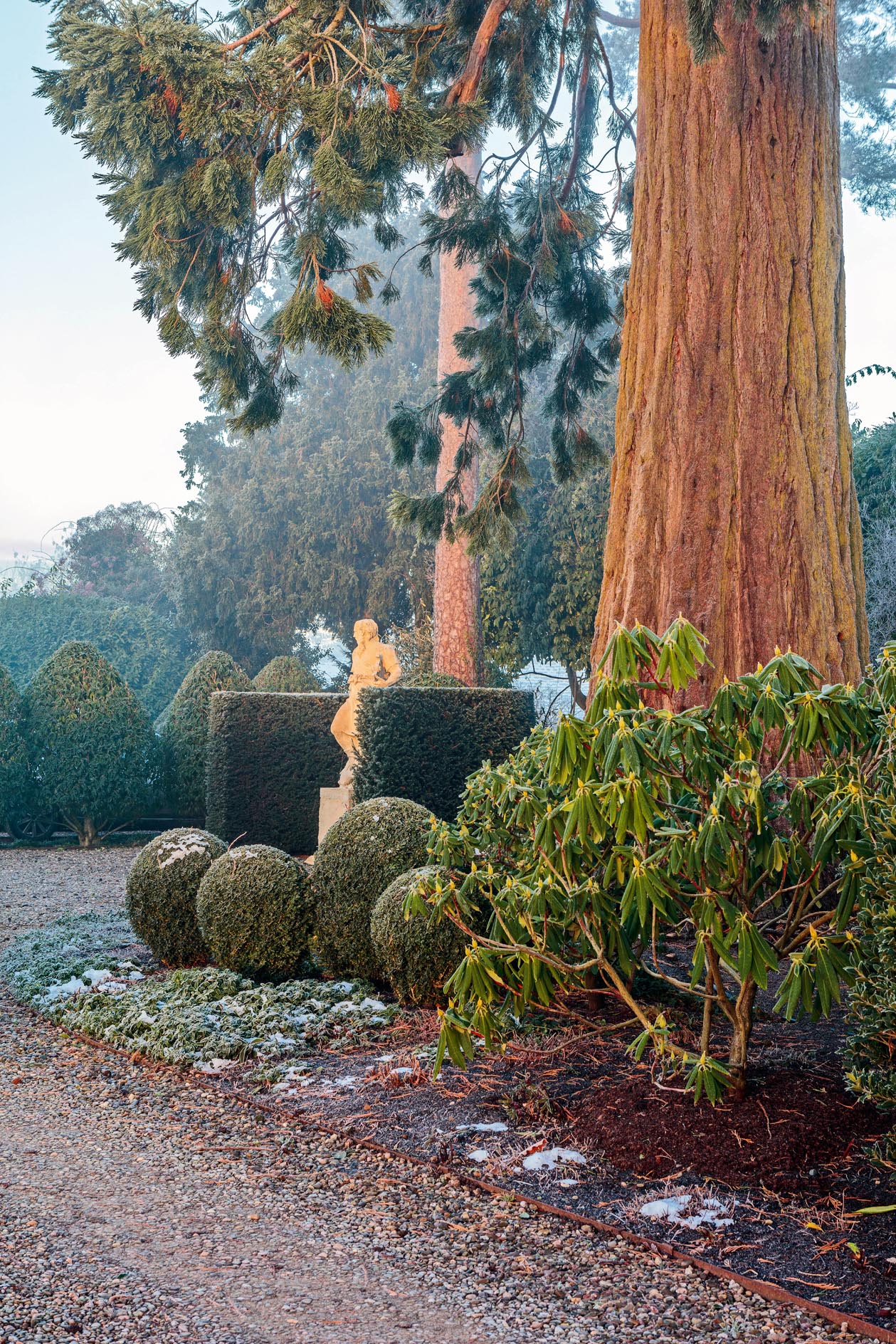
The scene gives the illusion of effortlessness, but, amid the silent winter air, head gardener Daniel Jones is overseeing a full programme of works that usually begins in autumn with digging holes for 30,000 bulbs. Many are lost to squirrels each year, so they are planted with a hefty dose of chilli powder, which puts off rodents without affecting birds.

It takes the three-strong team 100 hours to clear the leaves from the lawns, paths and beds, creating a heap big enough, as former head gardener Harry Green used to say, to bury a two-bedroom cottage. Before Christmas, the compost produced from last year’s harvest of fallen leaves is spread across all the beds.
Not a leaf will be left un-gathered, says Anne Olivieri who, with her husband, René, moved here in 2007. Since then, as well as redesigning the eight acres of garden, they have been wedded to the careful management of the woods and parkland across the 90-acre estate on its prominent sandstone ridge.
The Arden sandstone escarpment offers, on a clear day, views west across to Wales, the Malvern Hills, Abberley Hills and the Clent Hills and looks east towards the Cotswolds. ‘In about 1770, when the house was built, you could see the Cotswolds to the east and Wales to the west,’ says Mrs Olivieri, who removed the stark allée of pleached limes that marched straight across the West Garden and thus restored the 18th-century views.
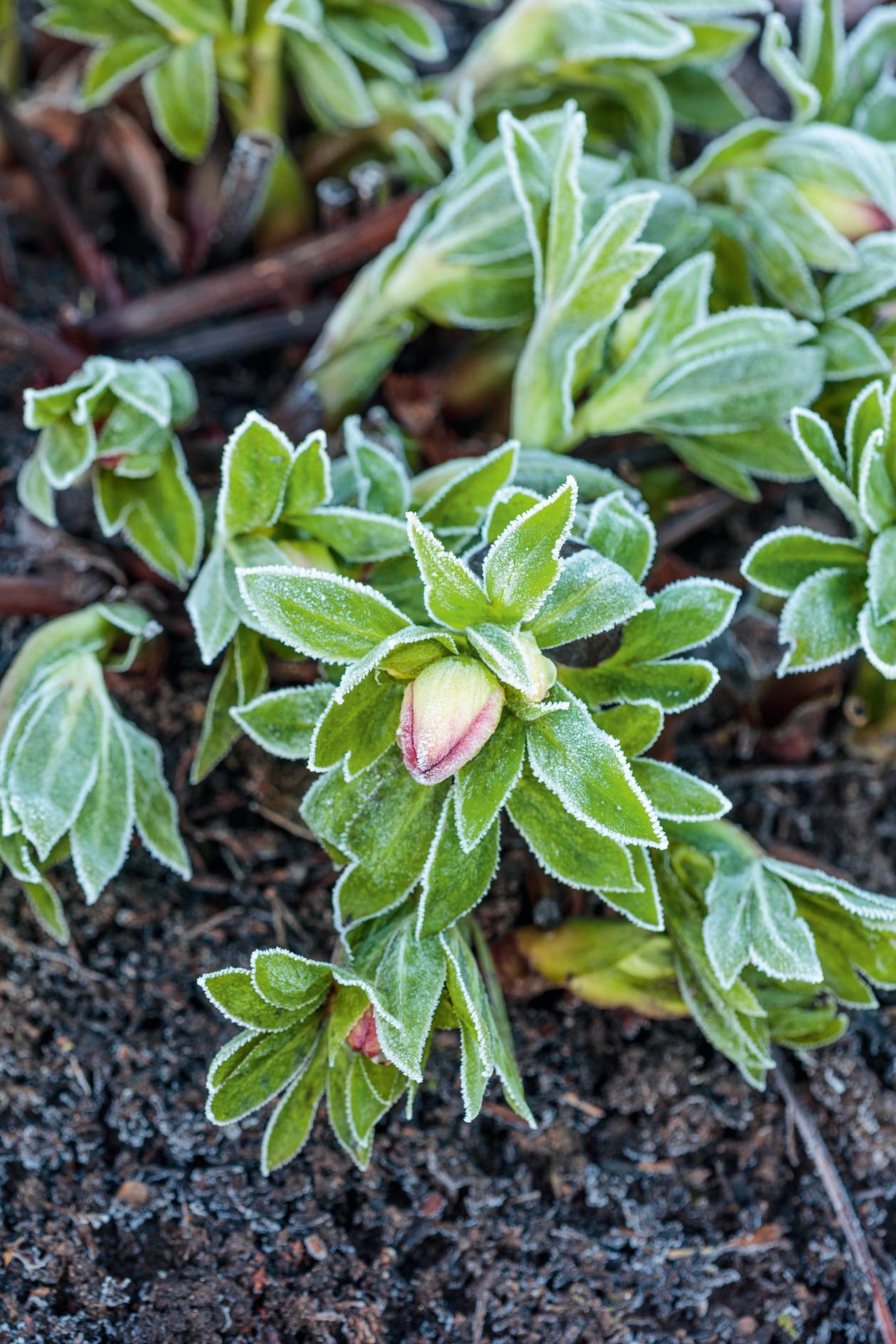
By 2007, the Edwardian cherry laurels on the drive were almost as thick as they were high, having been planted in double rows in some areas. The effect was typically gloomy. ‘You couldn’t see the Parkland Meadow from the drive,’ says Mrs Olivieri, who had most of the hedges taken out. Now, as you approach the red-brick hall, you can see across the meadow, a view that is surprisingly lovely in winter, when snowdrops light the ground beneath the white birches. These stand in the New Garden, which was made where the old tennis court stood and is loosely separated from the main meadow by a belt of Viburnum tinus. This area is planted with earlier flowering bulbs and are followed by species roses.
Exquisite houses, the beauty of Nature, and how to get the most from your life, straight to your inbox.
Enough of the cherry laurel remains to hide an Edwardian lodge, but some was retained and tunnelled through to create a green door to the meadow. On the other side of the drive, the cherry laurel has been replaced with the smaller-leafed Portuguese laurel, planted shoulder-to-shoulder, but clipped at different heights to give an open and relaxed effect.
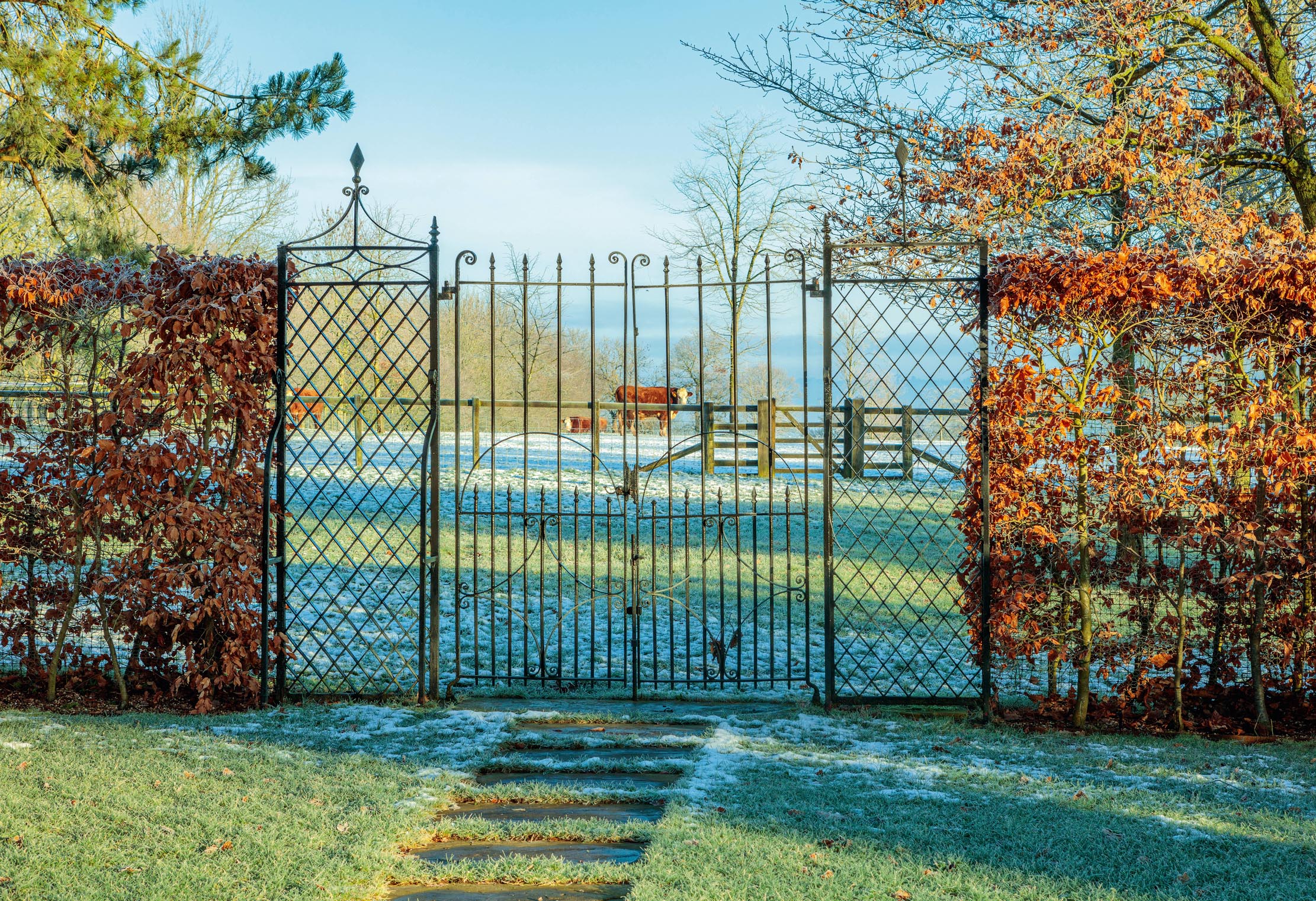
The idea is extended to the evergreens to the right of the house, where the much-used back door leads across the gravel to the meadow. This is an area that is always busy with the comings and goings of family life: cars are parked, the dog is walked — yet all is done against an almost theatrical layered background of clipped laurel, topiary evergreens and a curved green wall of dark yew that provides the backdrop to a statue of the Saxon god Seatern. This was one of only four cast in 1999 from the original Rysbrack statues (about 1727) of the Saxon Deities that stand at Stowe in Buckinghamshire.
To Seatern’s left, a loose arrangement of stand-alone evergreens, including several hollies, such as Ilex x aquipernyi ‘Dragon Lady’, I. aquifolium ‘J. C. van Tol’, I. ‘Mary Nell’ and I. ‘Nellie R. Stevens’. These are hand clipped into medium-sized cones, in contrast with the tight-clipped small-leafed box.
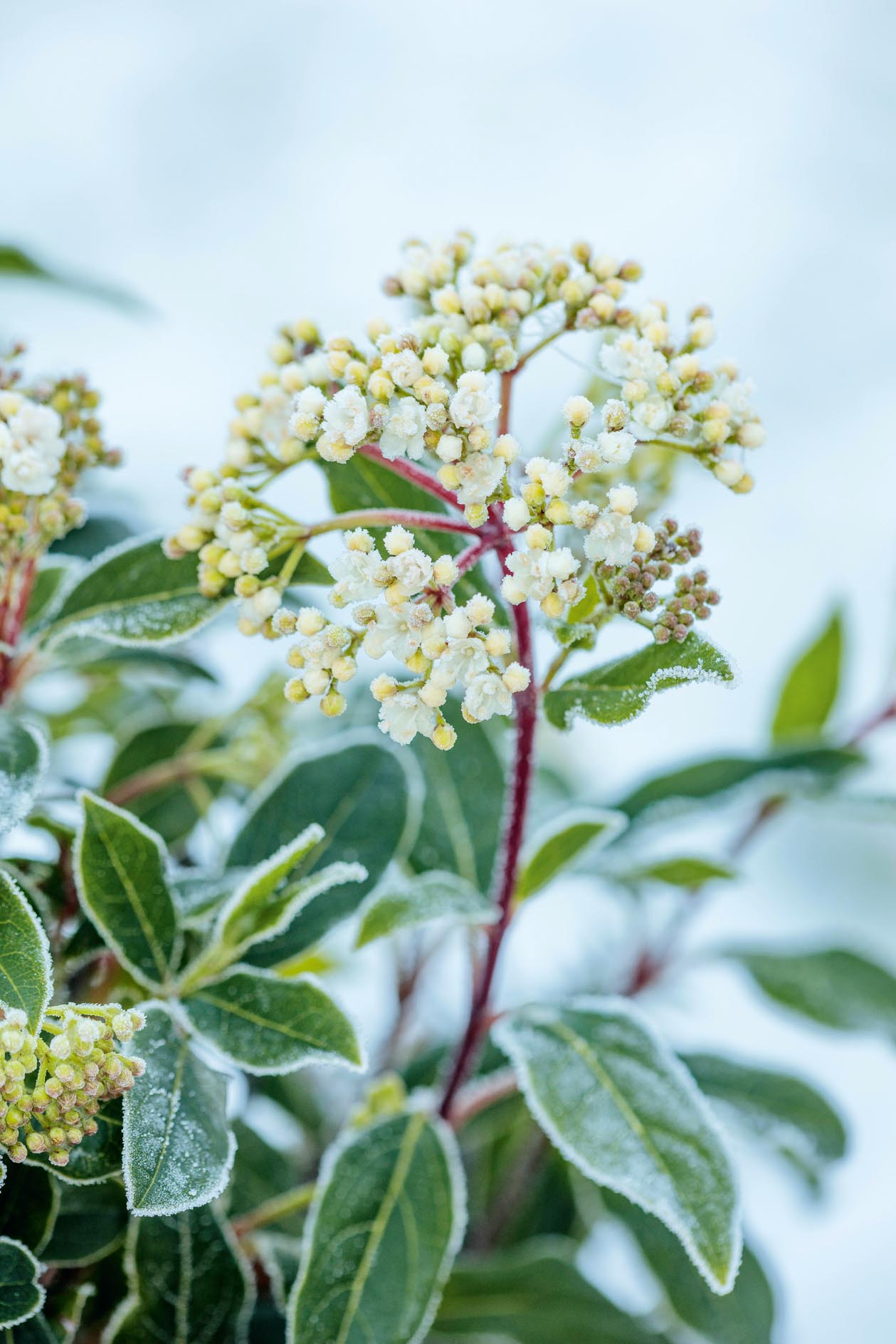
Maintaining the evergreens is a key winter task and the recent work on the buxus by Worcestershire topiarist James Todman has produced a finish that would satisfy the keenest pedant. For now, the discreet labels tucked into the ground between clumps of hellebores are the only clue of the pleasures to come from Clematis viticella subsp. campaniflora, C. ‘Kaiu’ and C. viticella ‘Hagelby Pink’, as well as Epimedium grandiflorum ‘Purple Pixie’.
Behind every decision lies a connection to the overall scheme — whether it is in the planting or the colour of the materials — so it is no surprise to find that, together with sculptural evergreens and shrubs, clematis appear in different guises throughout the gardens. In the South Garden — a transition between the formal terrace around the house and the Kitchen Garden — the winter beds are given structure with plant supports made from hazel and willow coppiced in the woods.
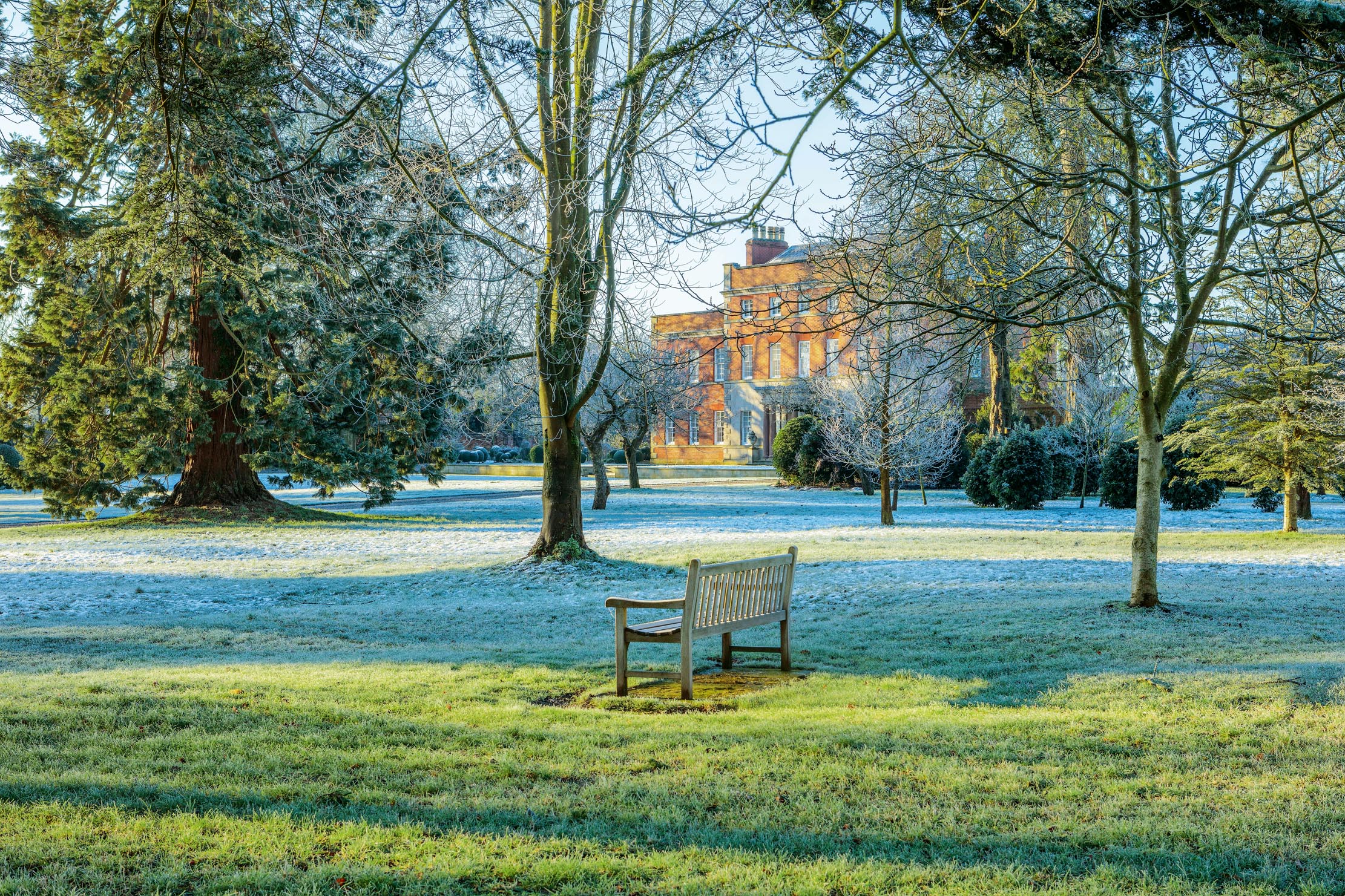
Each bed contains groups of three roses and a clematis, the dessicated tangle of stems being carefully gathered together at the end of summer and then raised above the damp ground to perch like twiggy nests, providing lofty shelters for overwintering insects. Come late January/early February, the clematis will be pruned together with the roses and, in a final finishing touch, the beds are spread with well-rotted manure in anticipation of the long-awaited spring.
Little Mynthurst Farm: A rare mid-20th-century garden designed by Russell Page
George Plumptre enjoys the grounds of a Tudor farmhouse that was the former home of Lord Baden-Powell. Photographs by Clive

Nevill Holt, Leicestershire: 'After 700 years of ups and downs, finally entering its prime'
The reimagined gardens at Nevill Holt, Leicestershire, have stepped into the limelight to offer a powerful overture to the summer
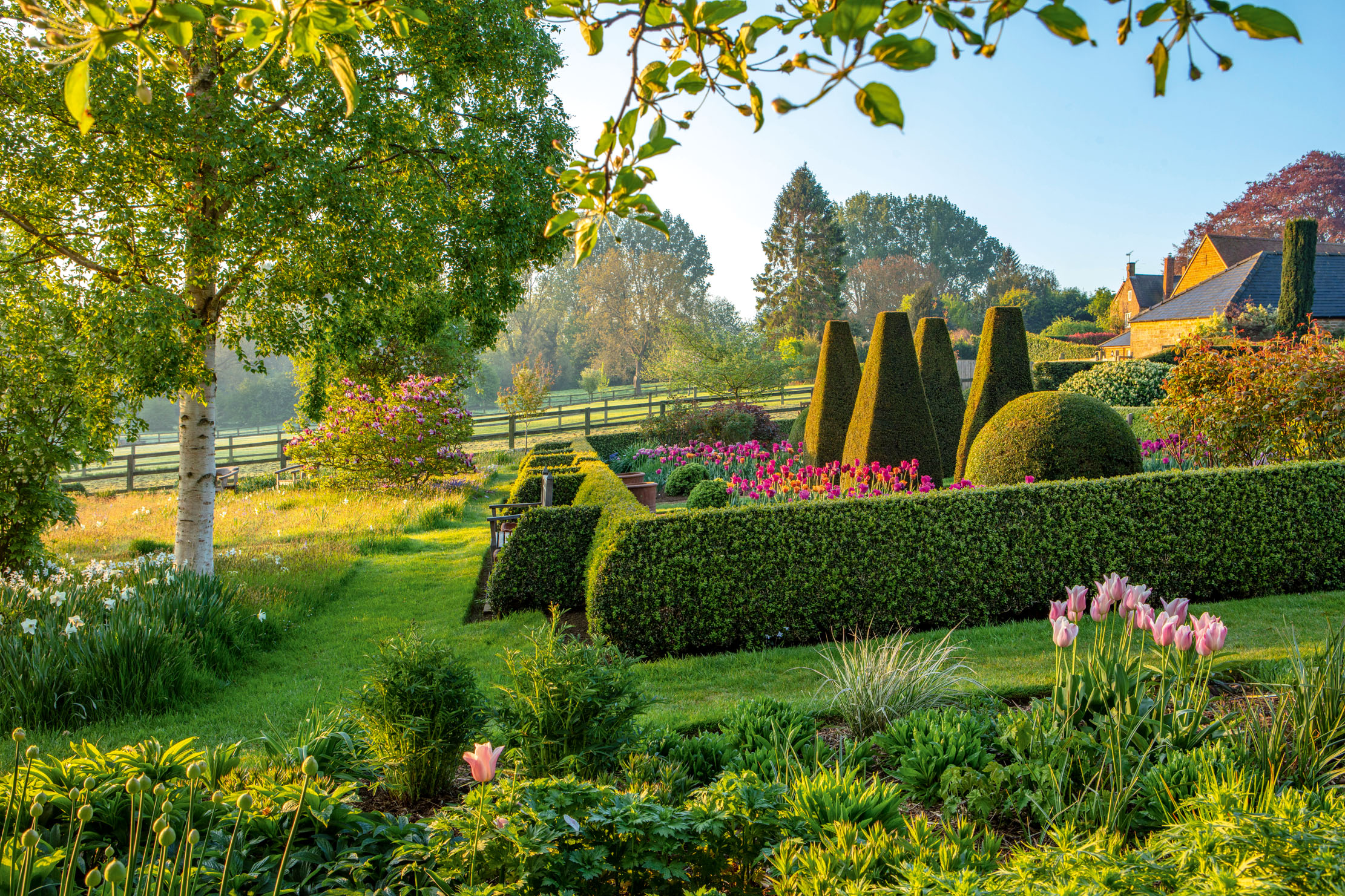
Pettifers: The breathtaking Oxfordshire garden born from the impeccable instincts of Gina Price
An Oxfordshire garden famous for its high summer and autumn borders sparkles with just as much interest and invention earlier
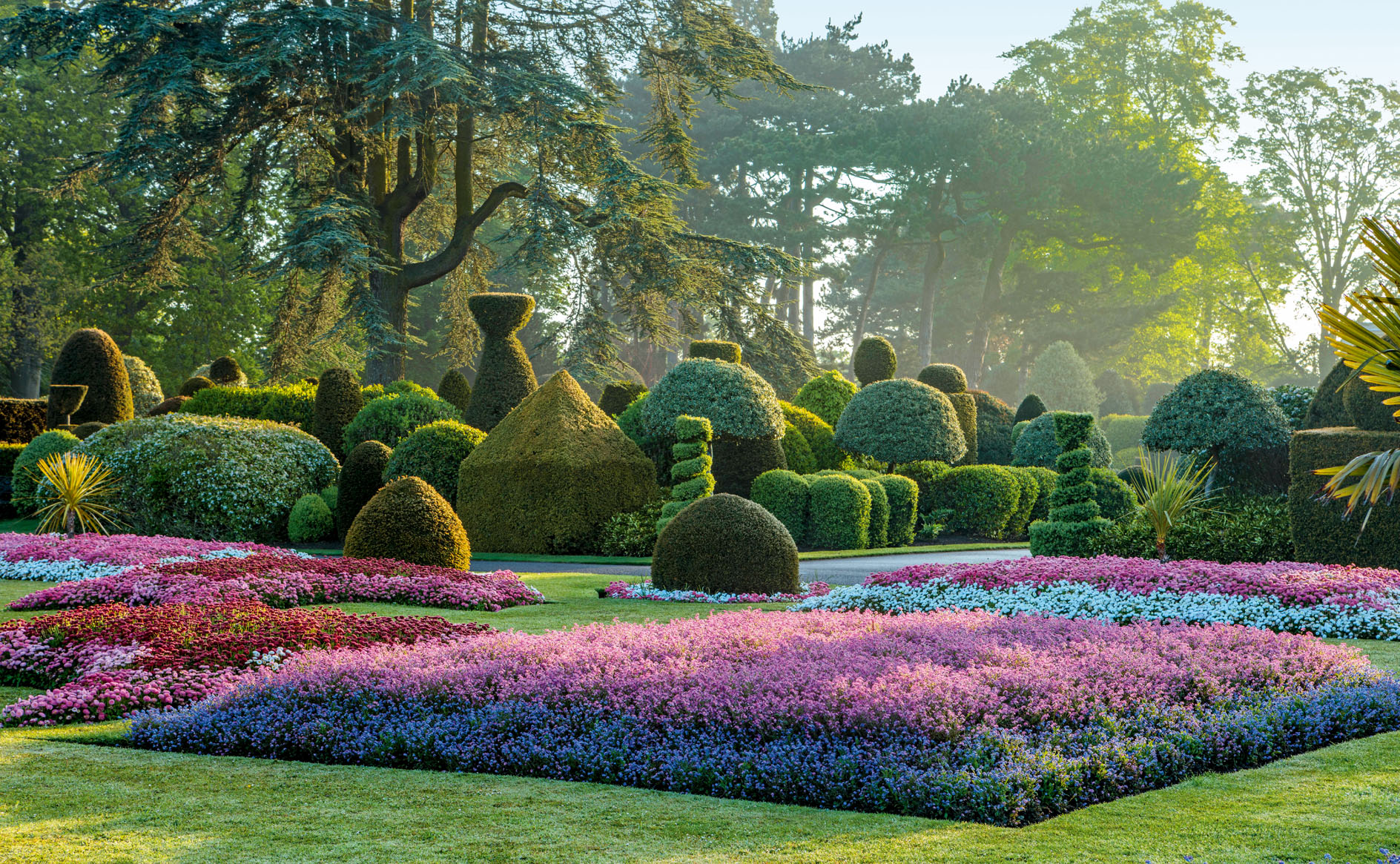
The Gardens of Brodsworth Hall: Intensely personal, endlessly original, deeply quirky — and enormous fun
In the hands of English Heritage, the care and restoration of the striking mid-19th-century garden of Brodsworth Hall, South Yorkshire,

The Gardens at The Manor, Priors Marston: A house bought on a same-day impulse that became a 20-year labour of love
The inspiration for the garden of The Manor, Priors Marston, Warwickshire, was to create a landscape to meander through, with
Previously the Editor of GardenLife, Tiffany has also written and ghostwritten several books. She launched The Telegraph gardening section and was editor of IntoGardens magazine. She has chaired talks and in conversations with leading garden designers. She gardens in a wind-swept frost pocket in Northamptonshire and is learning not to mind — too much — about sharing her plot with the resident rabbits and moles.
